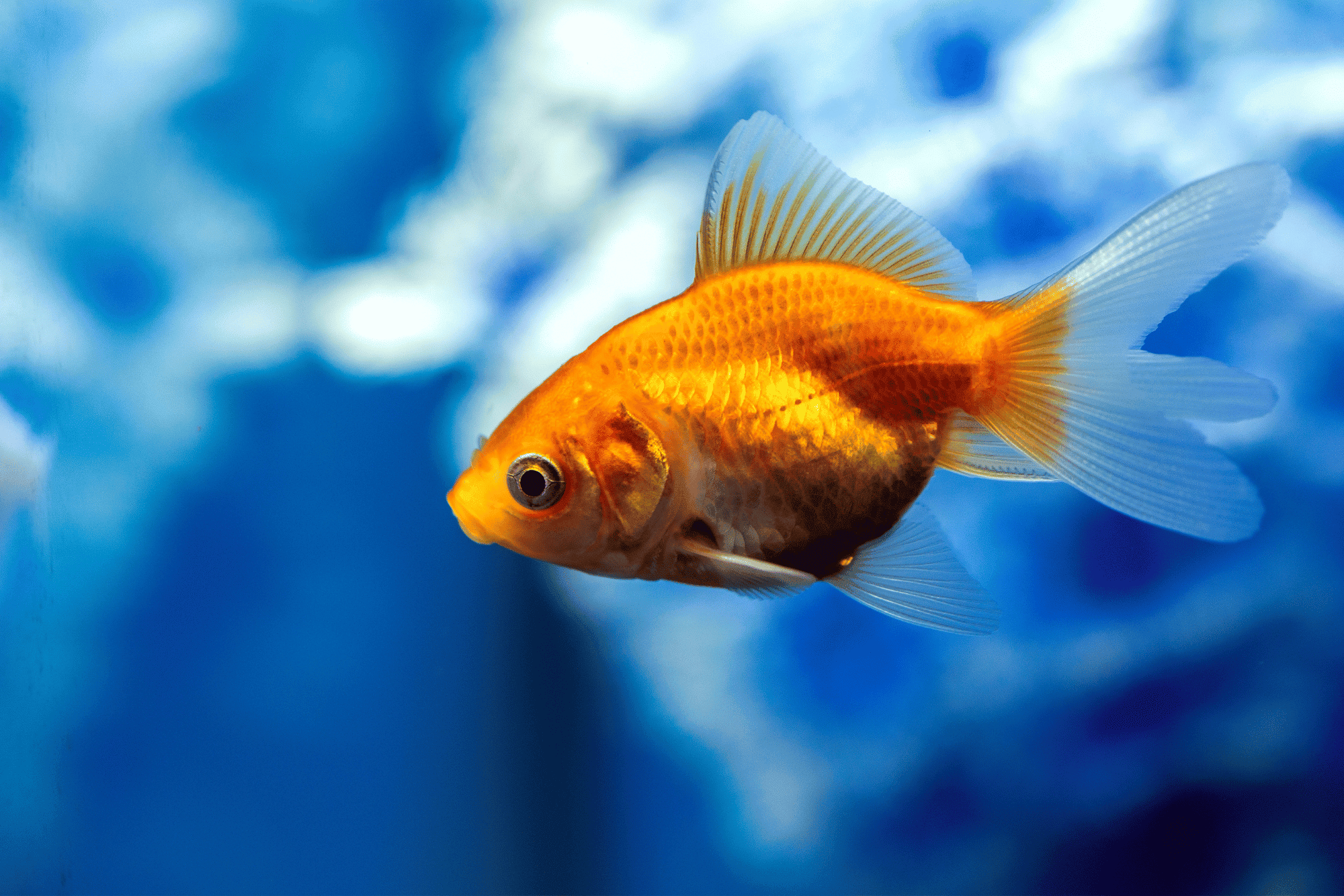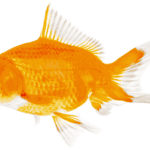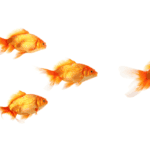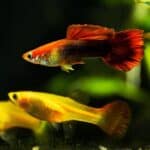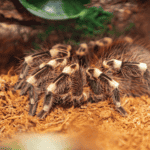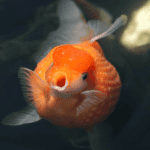Goldfish, domesticated nearly 2,000 years ago in China, are a popular and beloved aquatic pet worldwide. These beautiful creatures, part of the carp family, are known for their variety of colors and sizes. But, one question that intrigues goldfish enthusiasts is – how long do these fish live? The answer depends on several factors, such as living conditions, diet, and genetics.
A goldfish’s lifespan can vary greatly, with some living between 5-10 years and others reaching impressive ages like 20 years or even older. The oldest known goldfish lived to be 43 years old! This wide range of lifespans highlights the importance of providing goldfish with optimal care and water conditions to ensure they live their best possible lives.
Goldfish living in well-maintained ponds or tanks can enjoy a longer lifespan than fish kept in smaller bowls. The quality of the fish’s diet and the tank’s cleanliness also plays a significant role in their overall health and longevity. Following these recommendations, you could just find yourself with a goldfish companion for many years to come.
Goldfish Species And Lifespan Variability
Fancy Goldfish
Fancy goldfish are known for their unique, ornate appearances, featuring double tails and distinctive features such as the wen (a benign growth of skin tissue) found on Oranda goldfish. However, despite their interesting looks, the lifespan of fancy goldfish is typically shorter than that of common goldfish. This is primarily due to their more delicate body structure and genetic predispositions. With proper care, fancy goldfish can live up to 10-15 years.
Common Goldfish
Common goldfish have a more natural appearance, similar to their wild carp cousins. They are particularly hardy and more adaptable to a variety of environments, both in aquariums and outdoor ponds. Their lifespan can greatly vary, with proper care leading to a long, healthy life. On average, common goldfish can live up to 15-20 years in the right conditions.
- They can reach 15-20 cm TL (total length) and weigh 100-300 g
- The oldest recorded common goldfish lived to be 43 years old
Comet Goldfish
Comet goldfish are a distinct type of goldfish, characterized by their slender bodies and long, single tail. They are similar in appearance and hardiness to common goldfish, with some differences in size and features. Comet goldfish have a typical lifespan of 4-14 years, depending on the care provided and whether they are kept in aquariums or ponds.
Some factors that influence goldfish lifespan:
- Quality of their diet and cleanliness of their environment
- The size and type of tank or pond they are kept in
- Genetics and overall health of the fish
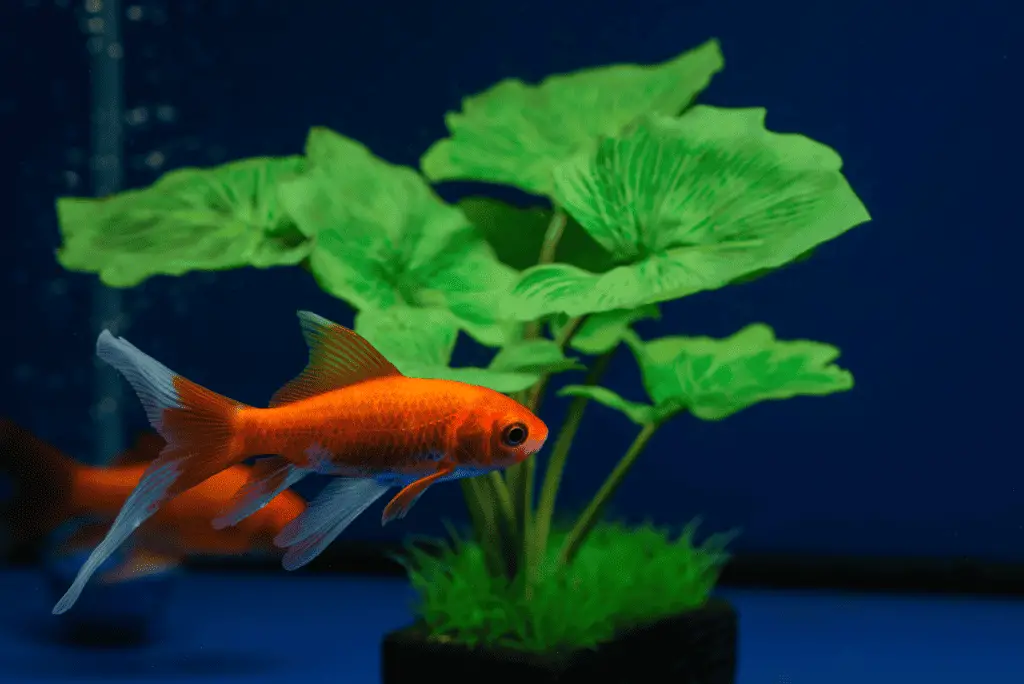
Factors Affecting Goldfish Lifespan
Goldfish can have a lifespan of up to 20 years, with the oldest ever recorded living to be 43 years old. Various factors impact their longevity, and by understanding these factors, we can create a healthy environment for them.
Diet And Nutrition
A balanced diet is crucial for goldfish to lead a healthy and long life. Ensure they are provided with:
- High-quality commercial goldfish food
- A combination of flakes, pellets, and live or frozen food
- Occasional vegetable treats such as peas, spinach, and lettuce
Feeding them 2-3 times a day in small portions is ideal to prevent overeating and maintain good health.
Tank Size And Environment
Goldfish thrive in spacious environments offering plenty of room for swimming and exploration:
- Choose a tank of at least 20-30 gallons for a single goldfish, adding 10-20 gallons for each additional fish
- Avoid overcrowded tanks as they can lead to stress and poor water quality
Water Quality
Maintaining proper water quality is vital:
- Perform regular water tests to monitor ammonia, nitrite, and nitrate levels
- Conduct 25% water changes weekly to remove excess waste and toxins
- Use a good-quality aquarium filter to create a healthy environment
Temperature
Goldfish are cold-water fish and require a stable temperature for optimal health:
- Maintain water temperature between 62°F and 74°F (16-24°C)
- Invest in an aquarium thermometer to monitor temperature fluctuations
Stress
Stress can significantly impact a goldfish’s lifespan:
- Keep their environment clean and regularly examine them for signs of illness or injury
- Avoid sudden changes or disturbances, including rapid water temperature fluctuations and excessive noise or vibrations
- Provide adequate hiding spots for goldfish to retreat to if necessary
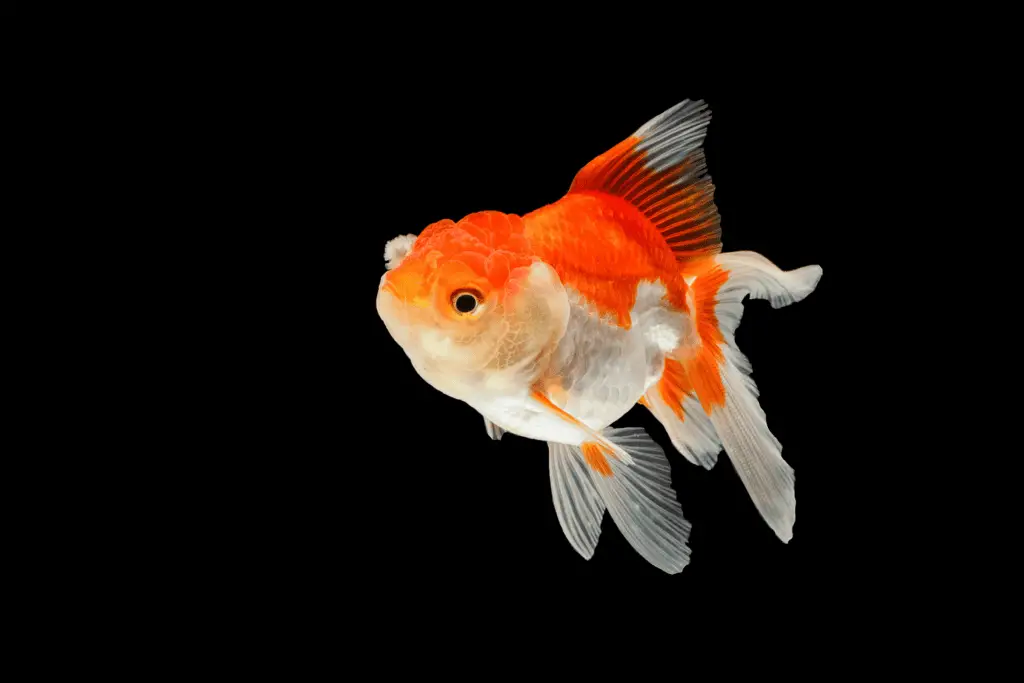
How To Increase Goldfish Lifespan
Proper Feeding Practices
Feeding your goldfish a balanced diet is essential for a long and healthy life. Offer a variety of high-quality food, such as flakes, pellets, and occasional treats like brine shrimp or freeze-dried bloodworms. Overfeeding can harm your fish and pollute the water, so feed only the amount they can consume in a minute or two, once or twice a day.
Regular Maintenance
Maintaining a clean and stable environment is critical for goldfish health. This includes:
- Performing regular water changes: Start with 10-25% of the water volume every week or two, adjusting as needed based on water testing results.
- Monitoring water parameters: Keep the temperature stable between 65-75°F, and maintain a pH around 7.0-7.5. Check ammonia, nitrite, and nitrate levels regularly and take appropriate action if they rise (e.g., more frequent water changes, adjusting feeding schedule).
Adequate Filtration
A powerful, efficient filter is key for removing harmful waste products and maintaining water quality. Make sure you have a filtration system rated for your tank size and goldfish population, and clean filter media regularly to prevent clogging. Ideally, the filter should have three stages:
- Mechanical: Removes debris like uneaten food and fish waste.
- Chemical: Absorbs pollutants and toxins, such as ammonia, using activated carbon or zeolite.
- Biological: Facilitates beneficial bacteria growth, which break down harmful substances into less toxic forms.
Appropriate Tank Mates
Goldfish cohabitate best with other goldfish of similar size and temperament. Avoid mixing with tropical fish, as they require different water parameters. Beware of aggressive or fin-nipping species as they can stress and injure your goldfish. Consider the bioload and the physical space needed when selecting tank mates, ensuring all inhabitants have ample room to swim and grow.
Common Goldfish Health Issues
Goldfish are hardy pets, but they can still suffer from a variety of health issues. In this section, we will cover some of the most common health problems that goldfish face, which include swim bladder disease, fin rot, and ich.
Swim Bladder Disease
Swim bladder disease is a common issue that affects goldfish’s buoyancy. Goldfish are physostomous fishes with a duct between their esophagus and swim bladder, allowing them to swallow air to inflate and rise in the water column. Some of the common causes of swim bladder disease include:
- Poor water quality
- Overfeeding
- Constipation
- Air swallowed while eating
- Infections
To prevent swim bladder disease, maintain proper water quality, feed a balanced diet, and consider changing to a sinking pellet food to minimize the amount of air swallowed during feeding.
Fin Rot
Fin rot is another common health issue in goldfish. It is caused by bacteria or fungi that attack the fins, leading to fraying and eventual deterioration of the fin tissues. Common causes of fin rot are:
- Poor water quality
- Stress
- Injuries from tank mates or objects in the tank
- Overcrowding
To prevent fin rot, ensure the water quality is high by performing regular water changes and maintaining proper filtration. Avoid overcrowding the tank and ensure goldfish have ample space to swim.
Ich
Ich, also known as white spot disease, is a parasitic infection caused by the protozoan Ichthyophthirius multifiliis. Goldfish with ich will display small white spots on their body, fins, and gills, and may exhibit erratic swimming or rubbing against objects. Some common factors contributing to ich include:
- Poor water quality
- Stress from transportation or changes in temperature
- Introduction of new fish without quarantine
To prevent ich, maintain good water quality, quarantine new fish before introducing them to the tank, and monitor fish for any signs of disease. Treatment options for ich include raising water temperature, adding aquarium salt, or using over-the-counter ich treatments.
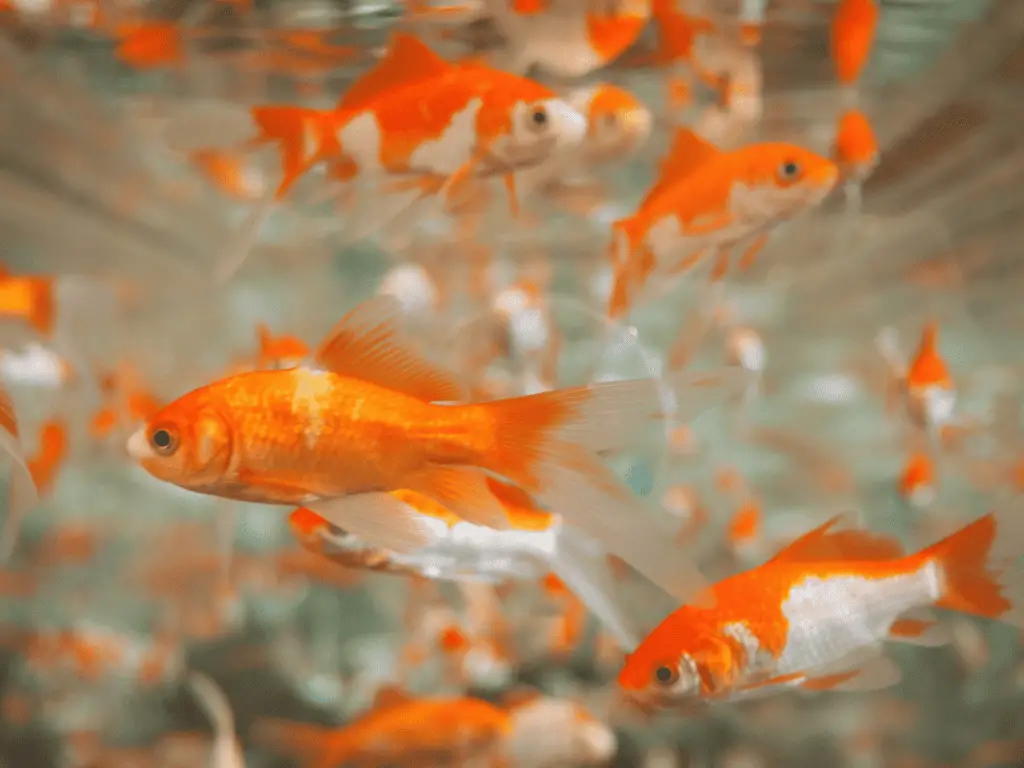
Conclusion
Goldfish can have quite a long lifespan under the right conditions. In general, their longevity will depend on factors such as their living environment, tank size, diet, and water quality. While some goldfish may only live for a few years, others can live for decades when properly cared for.
Goldfish kept in a bowl are typically lucky to survive for one to three years, as their living conditions can lead to stress, ammonia poisoning, and premature death. To promote a longer lifespan, consider keeping goldfish in a larger tank, which provides a less restrictive environment that contributes positively to their physical development.
Aquarium goldfish, when kept in roomy tanks with excellent water quality, can have lifespans that are closer to their pond-raised siblings. Pond goldfish can easily live between 20 and 40 years depending on their type and care. For optimal goldfish care, maintaining pristine water conditions, providing a nutritious diet, and ensuring proper tank size are essential.
In summary, goldfish lifespans can vary significantly based on living conditions, proper care, and their specific species. By providing a spacious environment, clean water, and a healthy diet, goldfish owners can significantly impact the longevity of their beloved pets.
